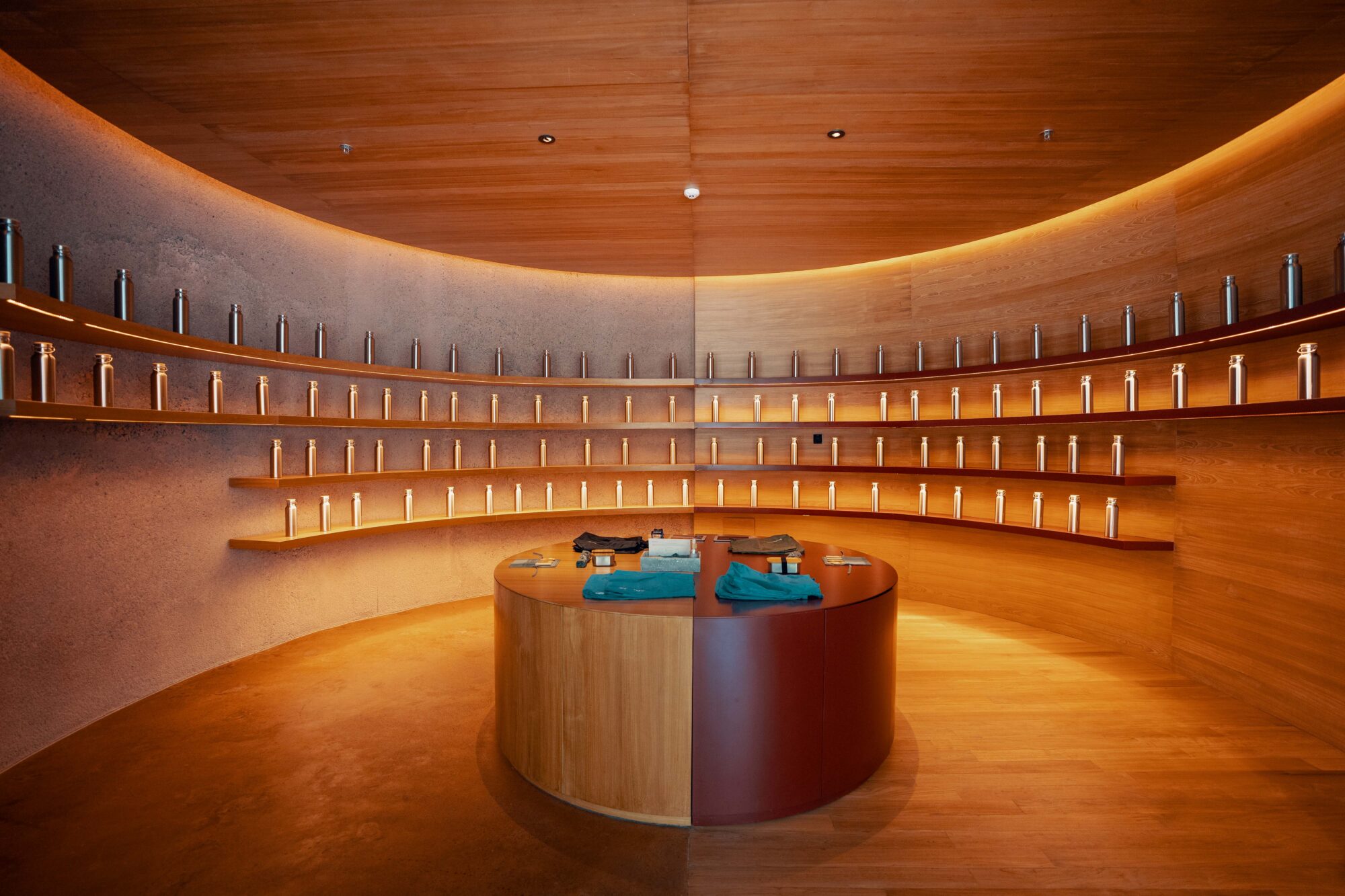Getting the ultimate Potato Head experience at National Design Centre
ARTICLE BY FELY
Sunseekers who love Bali’s laidback vibe would be familiar with popular beach club Potato Head.
Now, the lifestyle and hospitality brand is bringing some of this Bali magic and experience to Singapore, albeit sans sea and sand. However, Potato Head has a more important core message to share – that waste can be beautiful and functional as seen through N*thing Is Possible, its multimedia regenerative exhibition, held at different spots within the National Design Centre (NDC) and running from 16 September to 25 December.
Co-curated with award-winning firm Office for Metropolitan Architecture (OMA), the showcase takes over part of the NDC to celebrate the ideas of re-use, re-cycle, re-craft and re-live.
The title is in fact a play on Potato Head’s transformation from a hospitality concept to a sustainable lifestyle brand on a mission towards zero waste; its showcase footnote, “Journey to Nothing”, embodies exactly this sentiment.
“Right now, we’re at a perfect time for an exhibition like this, where the world is once again open for global travel,” says Ronald Akili, Founder of Potato Head. “We’ve noticed that guests seem to be looking for more immersive and meaningful travel. We lean into this mindset, using it as a force for social change, and further inspire people and give them hope for the future of hospitality and tourism.”
Zooming In On The Details
The narrative adopts a chronological approach, starting with a photo montage of Bali’s landfills and an artistic interpretation of Akili’s personal encounter with waste when he took his son surfing in Bali more than 500 metres away from the shore.
Wander through sections that detail how Potato Head repurposes waste, especially how Indonesian architect Andra Matin designed the colosseum that surrounds the Potato Head Beach Club. A scaled-down version is on display, made with 72 recycled antique window shutters (the original consists of 6,600 pieces).
Look out and up too for installations by collaborators including renowned Japanese architect Kengo Kuma, Jakarta design studio BYO Living, Bali-based environmental engineers Eco Mantra and the National University of Singapore (NUS). These span art pieces, works of design and waste infrastructure technology.
For instance, check out intricate panels made from recycled PET plastic bottle caps by BYO Living. Each of these panels measuring 200cm by 200cm is created using 950 bottle caps. Meanwhile, look up to see a ‘ chandelier’ fashioned out of plastic chairs that upcycled 830 HPDE plastic bottles by Max Lamb. He also created the Bamboo Lounge Chair, and each chair was made up of 30 pieces of recycled bamboo of various sizes
In a nearby room, Kengo Kuma and Associates have designed “Wooden Haze”, hollow cube modules that consist of recycled plastic bags and sand used as building blocks for a new hospitality project in Tabanan, Bali.
On Level 5, lies the blueprint of Potato Head’s Zero-Waste process as a sincere gesture of its pledge towards sustainability, created by OMA/AMO, the NUS Department of Architecture, Eco Mantra and Potato Head team, in collaboration with Atelier Hoko.
“It highlights all the problems that are happening now as well as potential solutions,” explains Akili. “We have left it as open source material to be shared in hopes that it inspires other companies/brands to adopt/adapt to get to zero waste too.”
Lifestyle Changes
Hungry? Head to Tanuki Raw, the resident restaurant at the NDC, where a zero-waste dish created by Dom Hammond, head chef of Potato Head’s vegan fine dining restaurant Tanaman, will be on the menu along with a pop-up edition of Potato Head’s concept store Circle Store selling a small collection of items.
Akili hopes that visitors will come away suitably inspired that going green is the better option and with a more hopeful outlook.
“Everyone then becomes part of the change because they are inspired and fundamentally change the way they think about sustainability. In empowering their agency in creating change, I hope the result is a ripple effect as they take this mindset into their own communities,” he adds.



